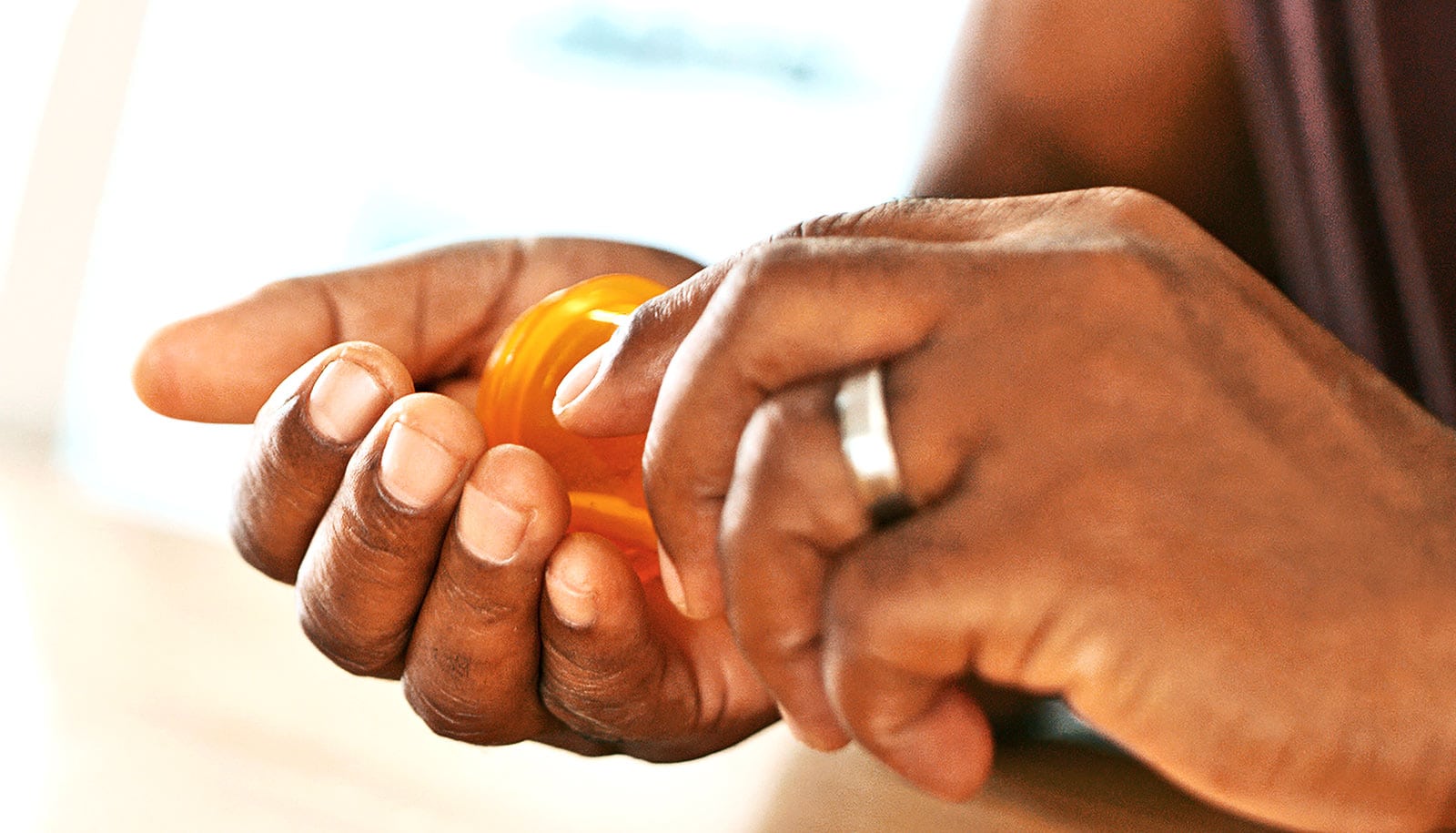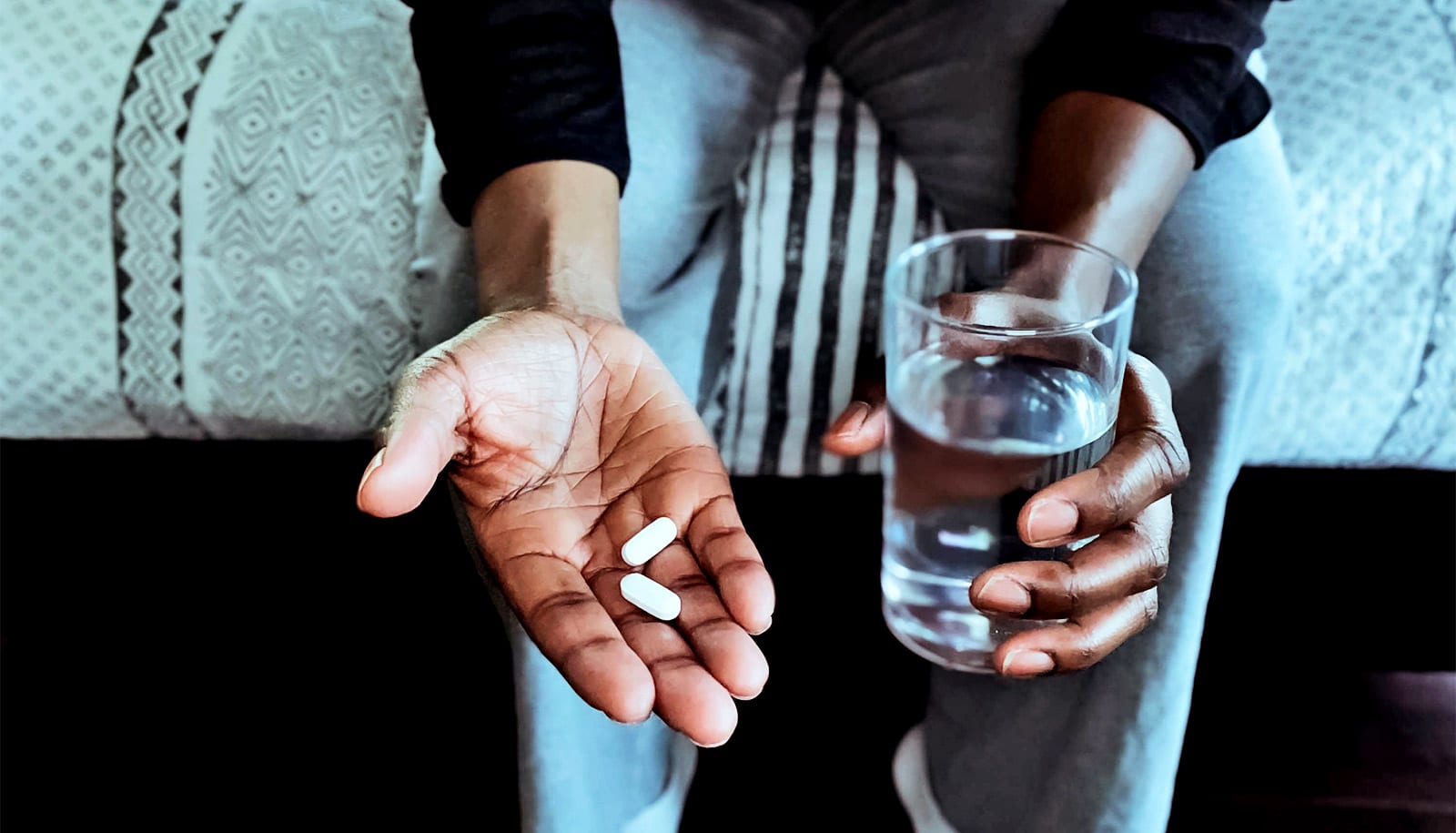People from racial and ethnic minority groups were less likely to obtain prescriptions to treat opioid addiction during the COVID-19 pandemic, according to a new study.
The findings give further weight to the conclusion that the COVID-19 pandemic more negatively affected minority groups, who face more barriers to health care in general.
“Drops in prescribing medication to treat opioid addiction at the onset of the pandemic were significant for Black, Hispanic, and Asian patients, but not for white patients,” says study coauthor Jennifer Miles, a postdoctoral associate in the School of Social Work at Rutgers University.
For the study in JAMA Network Open, researchers examined Symphony Health, a national prescription database with race, ethnicity, and insurance status for 280 million patients and 1.8 million prescribers.
Using this database, the researchers analyzed prescriptions filled by retail, mail order, and specialty pharmacies from May 2019 to June 2021 to compare treatment for opioid addiction before and after the start of the pandemic in the United States.
“We focused on buprenorphine and naltrexone medications, which can be prescribed for use at home,” Miles says. “We studied the numbers of patients prescribed each medication and the length of buprenorphine prescriptions since extended-release naltrexone is effective for about a month.”
Researchers found that, for all racial and ethnic groups, pandemic-related decreases in opioid addiction medication put an end to increasing use before the pandemic. However, declines in prescriptions at the onset of the pandemic were especially pronounced for Black, Hispanic, and Asian patients, in contrast with white patients.
The researchers say the findings provide important information for addressing disparities in public health and grappling with a nationwide opioid epidemic.
“Greater treatment disruptions for racial and ethnic minority groups are particularly concerning in the context of opioid overdoses, since access to medication is critical to reduce risk of death,” says coauthor Hillary Samples, an assistant professor of health systems and policy. “And recent evidence has shown that overdose fatality rates are increasing faster in minority groups.”
For patients seeking treatment with buprenorphine, the most common opioid addiction medication, researchers found that white patients with private insurance had significant increases in prescription fills at the onset of the pandemic. However, Black patients with private insurance did not.
However, there also were some positive trends, researchers note. For one, patients with access to medication received longer-running prescriptions at the onset of the pandemic.
“This was potentially important to keep patients connected to treatment while reducing the risk of COVID infection with frequent in-person visits,” Samples says.
In addition, Medicaid patients did not experience the same treatment disruptions as those with other types of coverage or those who pay directly for their care. Since Medicaid has a key role in access to addiction treatment, the researchers note, this finding suggests programs were effective in protecting against pandemic-related disruptions.
Additional coauthors are from Rutgers and Indiana University.
Source: Rutgers University



